Premium Only Content
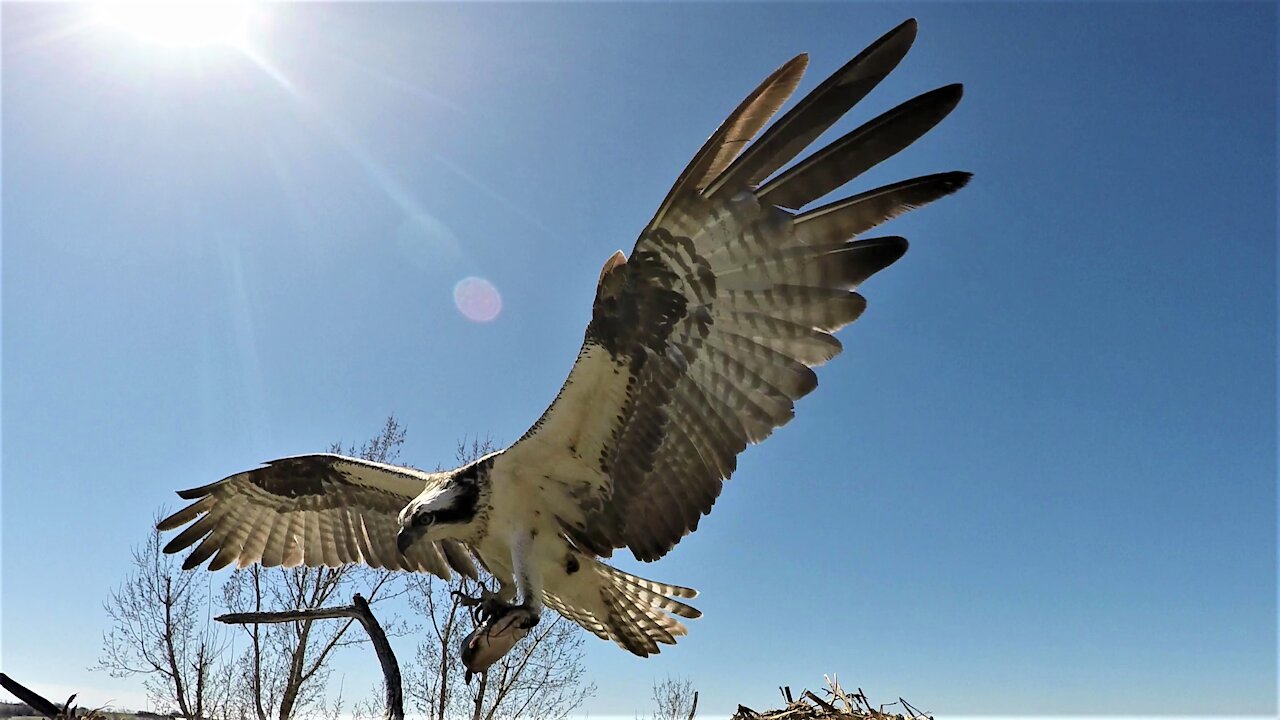
Nest camera captures fish eagles fighting over a large catfish
Osprey, also referred to as fish eagles are the second largest predatory bird in North America, second only to the bald eagle. They have an impressive wingspan of up to 2m (6 feet). Their wings are specially adapted with an extra joint that allows them to take off after being submerged in water. This gives them the ability to plunge into a lake or river, capture a large fish, and then lift off into the air again.
These fish eagles were captured on video in an aerial battle for a catfish that was caught nearby. The first osprey returns to his nest with his meal, but he is followed by a male from a nearby nest. Determined to steal the fish, the invading osprey comes in from behind and above.
The resident osprey has predicted this and he is already lifting higher to gain advantage. As the invader drops and tries to land in the nest, the one with the fish has already circled around and is now attacking from above.
With claws spread, the osprey with the fish means serious business if he is able to puncture the neck of the attacker. He still holds the fish in his other talons as he fights. Although this may be more because he is reluctant to give up his food, it is also very possible he cannot release his grasp on the catfish. Fish eagles have barbs on their talons that prevent fish from being dropped. In order to pull his talons out of the fish, the bird must land and use his beak and other claws to pull the fish free.
In the midst of this battle both birds actually struck the camera mount. They continued their fight for several minutes before the female from the nest arrived to help chase away the intruder. Battles such as these are not common between the fish eagles and capturing one on camera was a rare occurrence.
Osprey generally mate for life. They are loyal to their mates, and also to their nests, preferring to use the same location each year to raise their young. Occasionally, territorial conflicts arise when competing birds arrive at the same time after migrating north in the spring.
-
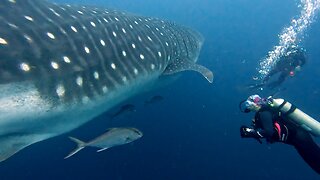 0:47
0:47
WildCreatures
27 days ago $0.96 earnedScuba diver has mind-blowingly close encounter with giant whale shark
2.52K6 -
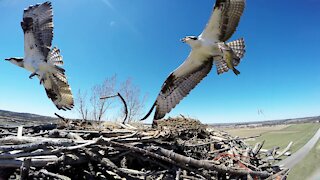 2:50
2:50
WildCreatures
4 years ago $3.52 earnedCamera in fish eagle nest documents amazing activities over weeks
3.06K2 -
 1:38
1:38
WildCreatures
4 years ago $8.06 earnedFish eagle perches on nest camera during a break from romantic interlude
3.66K3 -
 1:07
1:07
ViralHog
4 years ago $0.42 earnedHuntsman Spider Crawls Over Doorbell Camera
9.79K4 -
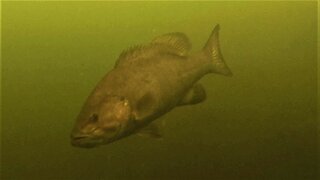 0:27
0:27
WildCreatures
5 years ago $7.86 earnedCamera submerged 40 feet deep in lake captures large fish just drifting past
4.46K1 -
 0:50
0:50
WildCreatures
4 years ago $10.27 earnedFish eagles engage in vicious battle for territorial rights
4.3K10 -
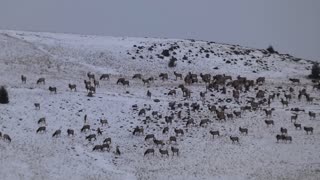 1:30
1:30
ViralHog
4 years ago $0.10 earnedLarge Elk Herd Feeding Over Ridge
311 -
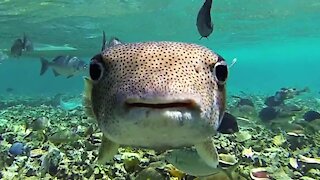 0:46
0:46
KristysWorld
4 years ago $1.81 earnedAdorable puffer fish in can't resist this swimmer's camera
14.1K2 -
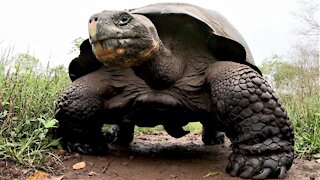 0:32
0:32
WildCreatures
4 years ago $1.96 earnedGiant Galapagos Tortoise runs over camera left on the trail
6.57K1 -
 0:17
0:17
BigSexysPlayground
4 years ago $2.81 earnedLarge dogtooth snapper fish is a surprisingly intelligent night predator
1.44K